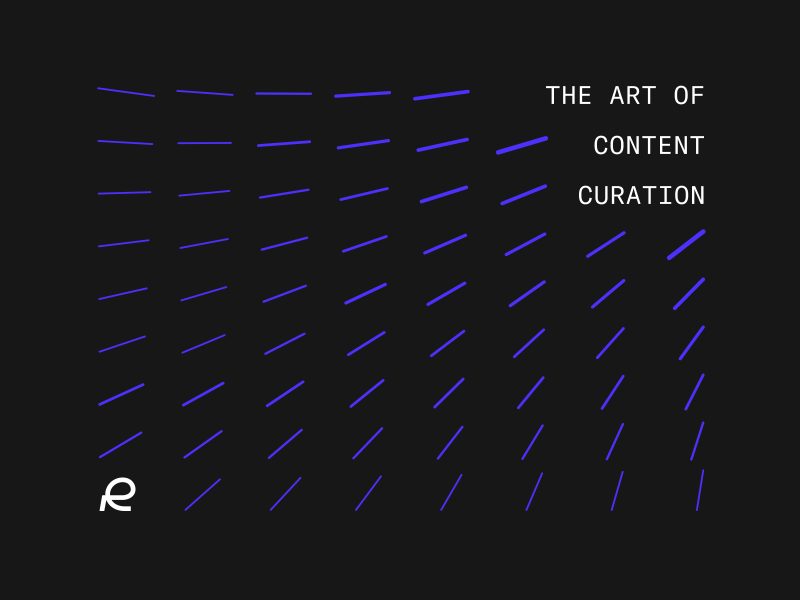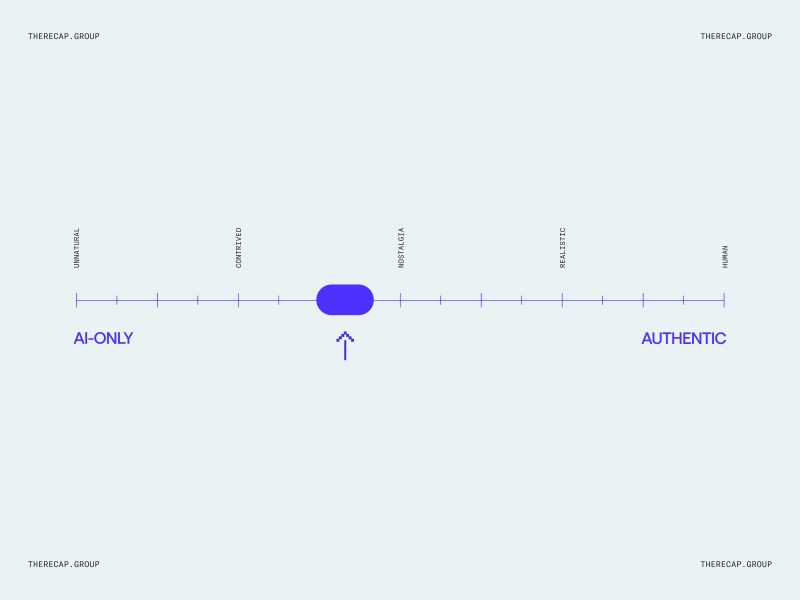Is AI the future of FAST Channel Curation?

There is no doubt that the Free-Ad Supported TV (FAST) market is maturing quickly. Of the 1,600 unique channels that were on major U.S. platforms in March 2023, over 40% have since been dropped by at least one platform, while 16% are no longer live on any platforms [1].
10.15.2024
The increased competition is leading to a larger focus being put on curated channels compared to single-IP channels. Unfortunately, curating a channel to accurately capture the attention of viewers is both difficult and time consuming. The billion-dollar question is, will AI be the solution to these problems?
Algorithms in Streaming and FAST Today
Algorithms and automated content recommendations are nothing new, yet they have historically struggled to accurately predict user interests when it comes to long-form content. There are countless forums filled with negative audience feedback regarding Netflix’s recommendation algorithm. Why can’t the largest streaming platform in the world accurately predict audience interests, while a platform like TikTok can pick up and act on viewer interests in a matter of seconds? Surprisingly, the answer is a lack of data.
The two primary methods used in these algorithms are Collaborative Filtering and Content-based recommendations. Collaborative filtering relies on audience ratings to recommend shows based on the ratings made by viewers with similar behavior. Content-based recommendation looks deeper at the content itself to find similarities such as genre, actors, release year, and other attributes [2]. However, it is not enough to look at just genre or actors; if the genre is comedy, algorithms need to pick up whether it is self-deprecating or dark humor, slapstick or high comedy, parody or tragicomedy. Even then, that level of analysis barely scratches the surface compared to short-form algorithms.
Content-based recommendation is difficult with long-form content because there is a massive difference in computing power and data required to accurately analyze a movie or TV show compared to a 30 second TikTok. Algorithms of this depth simply haven’t been accurately implemented for long-form content. This added layer of analysis has long required some level of human touch to be accurate, but with advancements in AI, it may be automated sooner than we think.
AI – The Future of Curation?
It can be argued that content curation is as much of an artform as content creation. Both require a deep understanding of an audience, and the ability to create a series of pictures that provokes thought, emotion and resonates with that audience. The radical advancements in computing power and data analysis over the past few years could lead to AI perfecting the artform of curation.
Two of the key elements driving the recent progression of AI are increased computing power and storage capabilities. OpenAI (ChatGPT) trains their chatbots on incomprehensible amounts of data, allowing them to understand and generate human language with unprecedented accuracy. Almost every industry is scrambling to implement the same methods and FAST is no different.
Amazon launched ThinkFAST to allow broadcasters & IP owners to use AI in FAST channel curation. Other companies like Castify.ai and Argoid AI are doing the same. Whether or not these services live up to the accuracy expectations of OpenAI has yet to be seen. Afterall, ‘AI’ has been slapped on the name of any and every startup to come out of Silicon Valley since 2021 regardless of how intelligent their product is.
Whatever your opinions are of AI, it is hard not to argue that it will impact almost every industry very soon, if not already. As of today, AI is not quite where it needs to be to fully run channel curation in FAST. AI tools and data are certainly playing a pivotal role in channel curation, but human oversight is still required to be successful. The level of computing power and data analysis required to make accurate decisions has simply not been directed at long-form content… yet.
When you combine recent increases in computing power with the current high FAST channel churn rate, and continued viewership growth of FAST, it is likely only a matter of time until services like ThinkFAST, Castify, and Argoid have the data and market size required to build the next generation of long-form content algorithms.
SOURCES:



